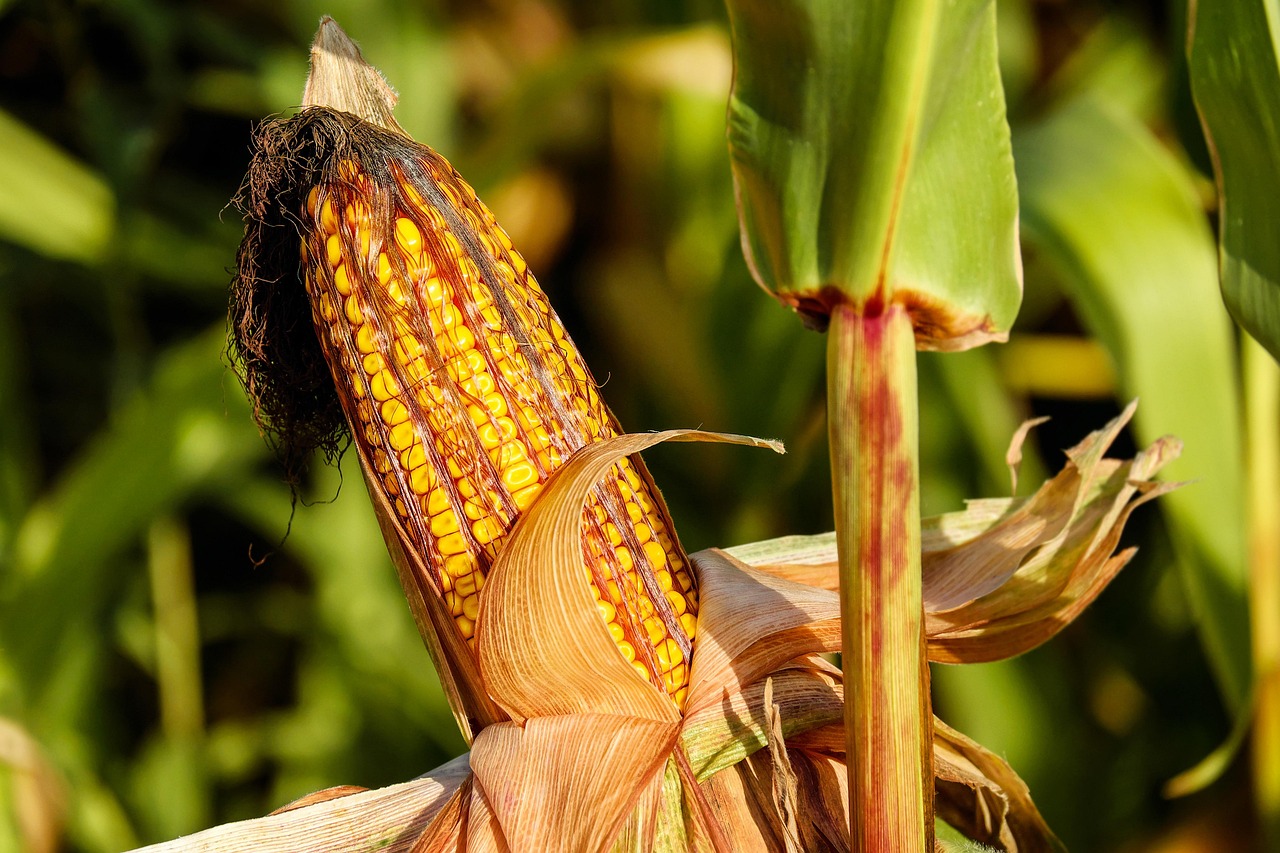There are a large number of satellites in our orbit that end their lives prematurely just because they run out of fuel. Satellites have not yet been able to refuel like cars running out of gas. But that can change thanks to San Francisco-based Orbit Fab. Industry giant Lockheed Martin announced that they are investing in Orbit Fab’s “Gas Stations in Space” refueling technology.
The benefits of gas stations in space
So far, all space operations have been very limited due to the amount of fuel. When satellites and spacecraft can use the services of petrol stations, their possibilities will be significantly expanded. This will lead to more space tourism and will probably support the desire to mine minerals in space. Orbit Fab’s first product is the Rapidly Attachable Fluid Transfer Interface (RAFTI), a fueling port that will allow for orbital refueling for satellites. This device will allow satellites to refuel directly in orbit.

Easy refueling
The system comes in two components: Service Valve (serves as a fill / drain system for ground fueling and in-orbit refueling) and Space Coupling Half (double-action latch mechanism that supports both primary docking or secondary attachment of two spacecraft). Refueling will be easy with this system. It provides 10W power and accommodates a flow rate of 1 liter (0.264 gallons) per minute (at an increase of 15 psi / m). It can operate at temperatures of -40 to 120 degrees Celsius and pressures of 500 to 3,000 psi. Satellites and spacecraft use more fuels and this system can provide them, they can include water and alcohol, nitrogen, helium, xenon and krypton.

Successful launch of the first refueling station
Space filling stations are not just a vision of the future, but work is already underway to implement them. On June 30th, 2021, the RAFTI SV system was launched into space via the SpaceX Falcon 9 rocket. The SV flew aboard Orbit Fab’s prototype Tanker-001 Tenzing spacecraft. The first launch of this system into space was primarily to test its functionality.
Space waste reduction
As these refueling stations extend the life of satellites, there is less production of hazardous space debris. The number of satellites in orbit will increase significantly in the coming years and this project will be very important for their existence.
Source: https://phys.org/news/2021-09-gas-station-space.html
Image credit: Orbit Fab




